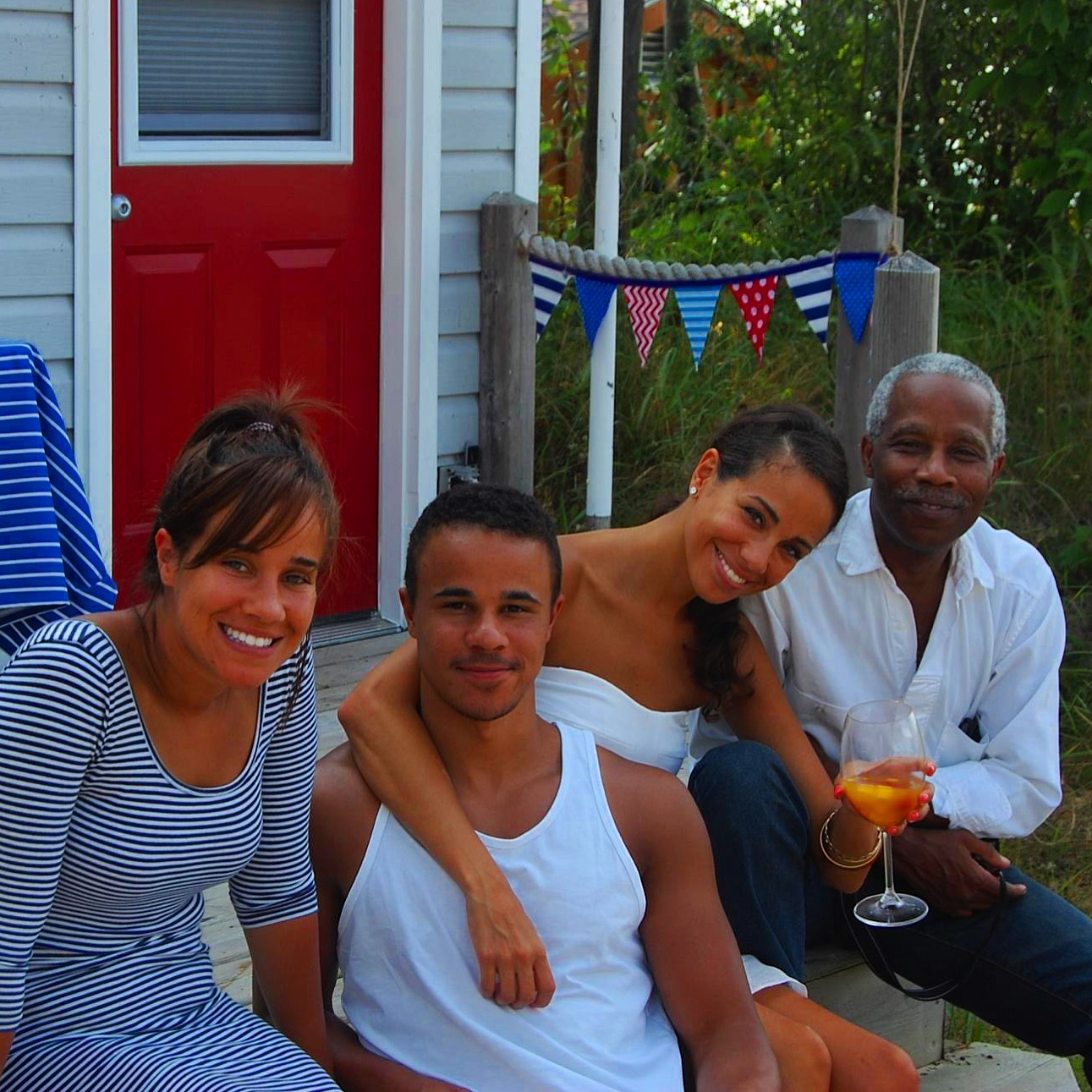I wrote this piece for Woman’s Day Magazine this past summer and decided that I needed to share it here.
A few weeks ago, a flyer was passed around my hometown in Ontario, Canada. It highlighted the detriments of interracial marriage, claiming that it was not only socially unacceptable, it produced biracial children that would inevitable suffer from low IQ’s and medical complications. As the daughter of a black father and white mother, I was hurt, angry and upset but unfortunately, not surprised. I’ve heard this rhetoric many times before: You are a disgrace to both races. Your parents should be ashamed of themselves. You are a mutt. You are ugly.
While this flyer caused outrage on social media, fueling news reports, statements from the police and mayor, many people fail to see how such a narrative is not only a part of my personal history, it is a toxic, untrue attack on my parents, mixed race families and perhaps most importantly, love.
Interracial marriage was legalized in the United States as recently as 1967, following the decision of the US Supreme Court in the case of Loving v. Virginia. Richard and Mildred Loving were a black woman and white man who fell in love and married in 1958, only to be jailed for breaking Virginia’s laws on interracial marriage. After a long legal fight, the 1967 ruling stated that Virginia’s race-based restrictions on interracial marriage violated the Equal Protection Clause in the US Constitution. In fact, the last law prohibiting interracial marriage was in Alabama and struck down only 20 years ago.
Over the years, brave interracial couples, just like my parents, have suffered abuse, harassment and ignorance while trying to do simple things like rent apartments, eat a meal in a restaurant or even walk hand in hand down the street. My parents had it down to a fine art: My mother would view an apartment alone, sign the paperwork alone, and then my father would arrive on move in day, much to the landlord’s chagrin. My parents knew which part of town they wouldn’t be served in, and where exchanging a kiss would receive sneers and glares. They mostly avoided these areas but sometimes, it was fun to incite a reaction. At times, their entire relationship felt like a social protest: a necessary fight for change but a lot of weight to carry day to day.
But as they both always say, ‘You can’t help who you fall in love with.’ Through their courage and resilience, couples like my parents have shown the world that yes, love can indeed conquer all, and this love is changing the world.
Interracial marriage also introduces unique cultures to one another, a direct immersion in a new way of life. This includes everything from food to music, literature to language- suddenly there are different foods at the Thanksgiving buffet and new music at a summer BBQ. The combination of two races encourages entire families and groups of friends to educate themselves, forcing them to see and directly experience, life beyond their bubble. Such insight helps society become more tolerant of human, religious and social differences, a necessity for modern societies to truly grow, build and ultimately, succeed.
From these mixes of colour and culture come bi-racial children, a celebration of both parents, their bravery and their love. I was told that before I was born, my white English grandmother bought me a black doll, as she didn’t know how dark I would be, and she wanted to ensure I had a toy that looked like me. She was ecstatic – She couldn’t wait to hold me, have tea parties, sing traditional English rhymes and tell me stories of ‘home.’ My Jamaican Grandmother was also over the moon. She looked forward to taking me to church, teaching me to cook and eat Jamaican food and telling me stories of ‘home.’ To my grandparents, I was the culmination of everything good in the world, a chance for a new generation of unlabelled children, of black and white, of English and Jamaican.
Not everyone in our family felt this way. To some, both black and white, I was a betrayal of both races, a sign that the world was no longer as simple as they once believed it was. But I was lucky- My parents did their best to protect me from the hate and fear. They constantly reminded me that I was not black, I was not white, I was me – and that was enough. Just like their marriage, I was made from love.
Despite the pseudo information on the flyer passed around my hometown, there are a few products of mixed-race marriage that are doing alright on the IQ front: Former President Barack Obama, journalist and author Malcom Gladwell, Booker T Washington, Trevor Noah and VP Kamala Harris are all children of interracial marriage. Tiger Woods, Lenny Kravitz, Lisa Bonet, Halle Berry and Bob Marley highlight that not only are us bi-racial kids good looking, we are pretty talented too.
All of these individuals, and so many more, have shown us that despite the negative rhetoric that often circles a topic one does not entirely understand, interracial relationships provide us with a chance to learn, grow and expand.
Children of mixed-race families are not made from the scraps of either race, but instead the strongest, bravest and most beautiful parts, all fused together with love.

